How my parents’ plan to self-build on the family farm couldn’t get the green light because of the unsafe speed limit on our stretch of road.
When my parents moved to Ireland in the 1970s they bought a derelict cottage which they renovated. They subsequently acquired land nearby, nestled into the wooded hillside of The Burren in Co Clare, to plant an orchard and raspberry fields. This allowed them to safeguard a small corner of Burren woodland and karst landscape from getting bulldozed.
The orchard has since matured, along with the dream of living and working on the farm. Planning permission for a farm house was secured in 1996 but lapsed before any building began due to uncertainty regarding the upgrading of electricity power lines nearby.
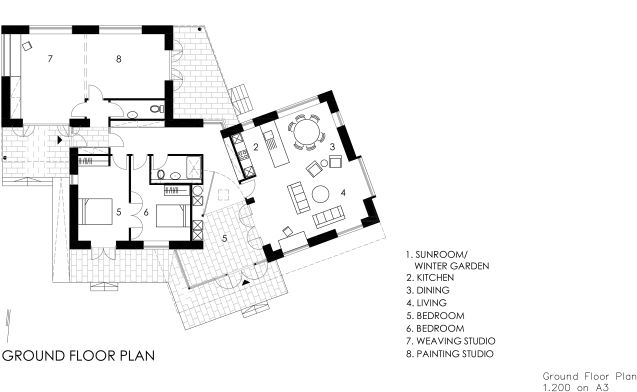
Since then my parents had to move, and for the past 23 years have been living 44km away and commuting a one and a half hour round trip, often daily to feed cows, along a very taxing stretch of road.
Once the power lines were upgraded, my parents went for planning permission for a second time in 2013; as I’m a trained architect I helped with the timber frame design and it was during my recent studies at the Dublin Institute of Technology that I was able to elevate it to Nearly Zero Energy Building (nZEB) standards.
Out of sight
The first signs were encouraging. The planning report stated that some small adjustments to the percolation area would satisfy the Wastewater Treatment Section. As my parents spent years campaigning, even as far as the EU Parliament in Brussels, to get adequate wastewater treatment for the seaside village where they now live, wastewater treatment was naturally high on their list of priorities.
However Transport Infrastructure Ireland (TII), then known as the National Roads Authority (NRA) was involved due to the site access being located off a secondary national road.
According to them, ‘The proposed development, located on a national road where the maximum speed limit applies, would endanger public safety by reason of a traffic hazard and obstruction of road users due to the movement of extra traffic generated.’ Their aim is to reduce the amount of access along the national road network.
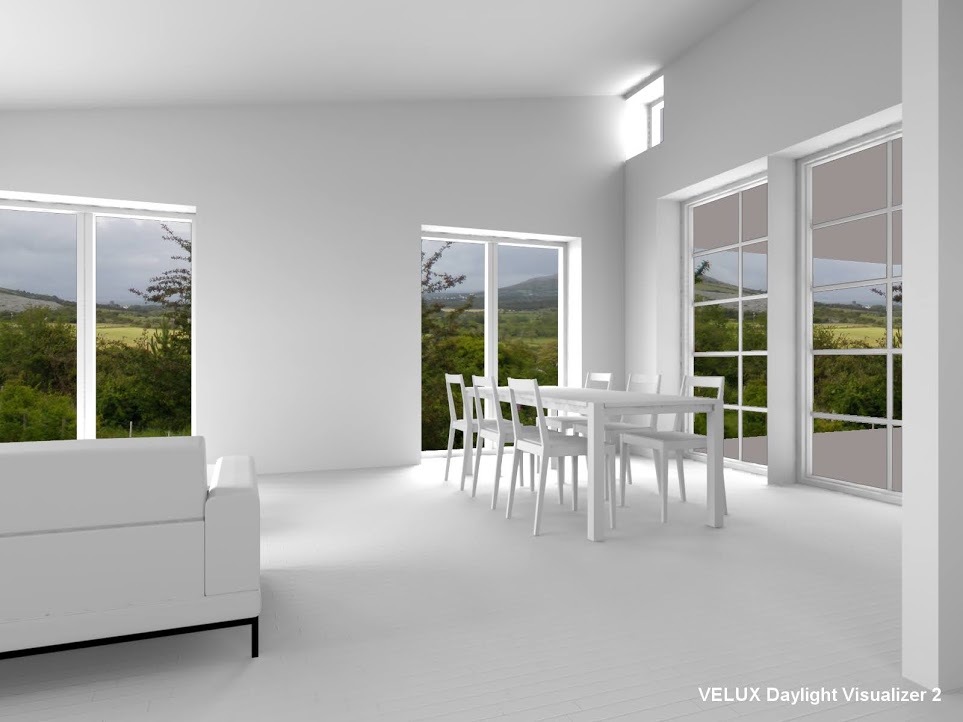
My parents had already built the site entrance 20 years ago, according to the specifications of the original planning permission granted in 1996. It is in use every day, not only for my parents to safely access the farm but more significantly, as a haven for road users, including large vehicles which physically cannot pass each other on this narrow stretch of national road.
Unfortunately the planner in 2013 downgraded our site entrance from residential access to agricultural access. The TII insists that this road, the N67, forms part of the main connection from Cork to Galway and therefore a speed limit of 100km/hr must apply. However the road is nowhere near 7m wide nor does it have any verges or bicycle lanes, all of which are specifications for building new national roads.
The road is in reality a narrow winding Scenic Route with picturesque Burren stone walls and large mature trees. More and more tourists are travelling it, yet due to its obvious dimensional constraints and less obvious protruding stones, combined with the inappropriate* 100km/hr speed limit up, incidents occur every day on this eight-kilometre stretch.
We appealed the county council’s decision to refuse planning permission but An Bord Pleanála adopted this agricultural access classification and unquestioningly took the Council and the NRA’s view. Although fees for an oral hearing were accepted, we were later told that it is not the intention to facilitate oral hearings for such small issues.
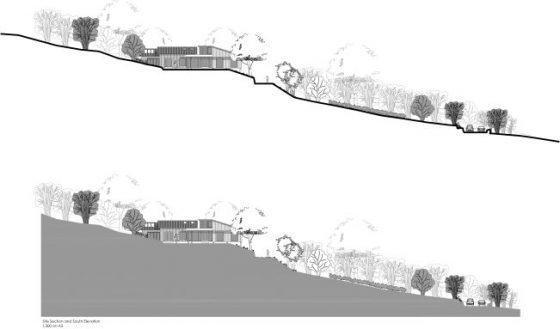
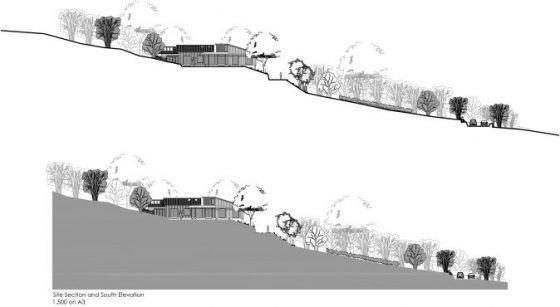
Speed limit review
Much to our relief, in 2012 a national initiative was set up by then Minister for Transport Leo Varadkar, the Speed Limit Review. This set out, amongst other goals, a five-year cycle of speed limit auditing by local authorities and the TII along with a new appeals mechanism for inappropriate* speed limits.
Four long years of campaigning to reduce the speed limit to 60km/hr have passed. In our eyes this is more realistic for this scenic yet punishing stretch of legacy road.
With ever increasing traffic it has proven extremely difficult to communicate the urgency of this matter with the TII, council engineers and elected members. The campaign covers many locations along the N67 where inappropriate* 80 and 100km/hr speed limits have been placed within villages and directly before a series of severe bends.
Over one thousand signatures have been collected locally and countless letters have been sent to local politicians, County Councillors, Ministers of Transport, the Road Safety Authority, An Garda Síochána, members of tourism and transport associations and to the Taoiseach himself.
Although rumour has it that the TII are proposing yet another blanket solution of reducing the speed limit to 80km/hr for roads less than 7m wide (most of the N67), this simplistic solution does not improve safety for the more dangerous stretches of road.
Special Speed Limit Bye-Laws have been drawn up in some areas, but not all. It is my understanding that they are concerned about the legalities and about upsetting planning policy.
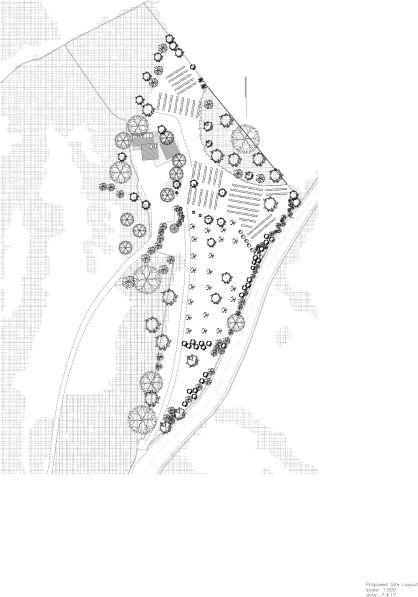
Now we can see only several demanding options open to us. The first is to continue to be patient with the Speed Limit Review which should have concluded its first cycle last summer.
The second, having faith in the Councillors to draw up Special Speed Limit Bye-Laws for road safety. The third and fourth, to provide third party evidence that traffic cannot travel at speeds legally permitted, probably combined with representation.
The fifth and sixth, the costly route of legally challenging the Council and/or the TII. Our hope is that the Speed Limit Review will be thorough enough to eventually reduce the speed limit on our stretch of road, and consequently remove the barrier to obtaining planning permission.
* ‘Inappropriate’ is a term used to describe speed limits on roads and signage placed in locations where they provide little information about the characteristics of the road or no warning of the hazards ahead.










